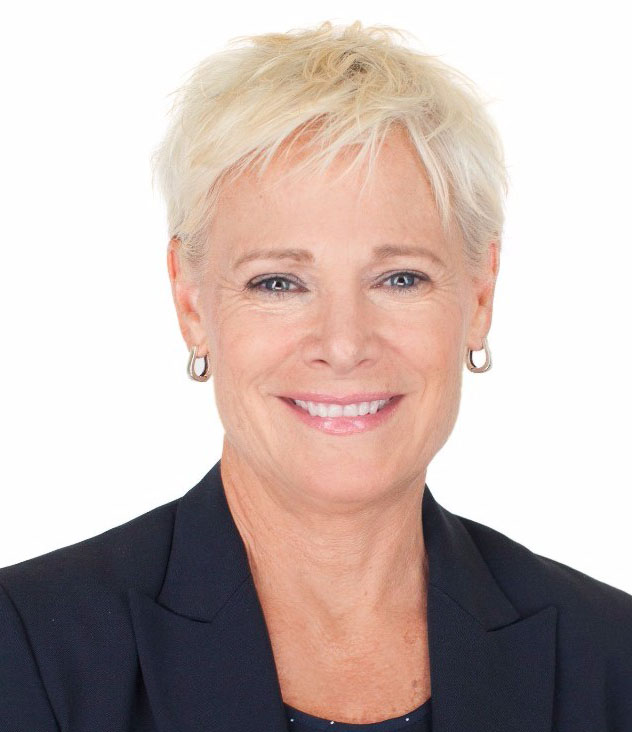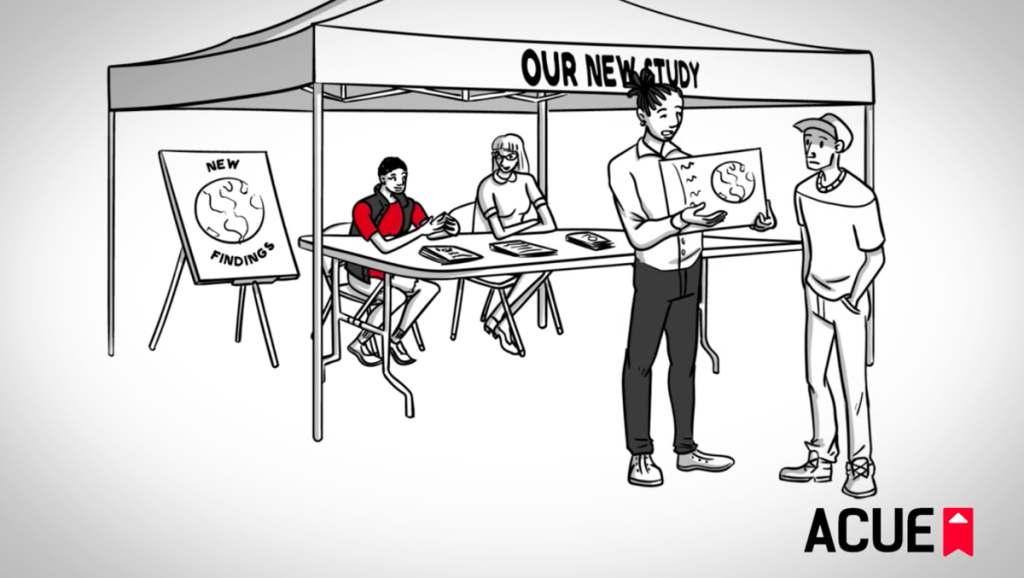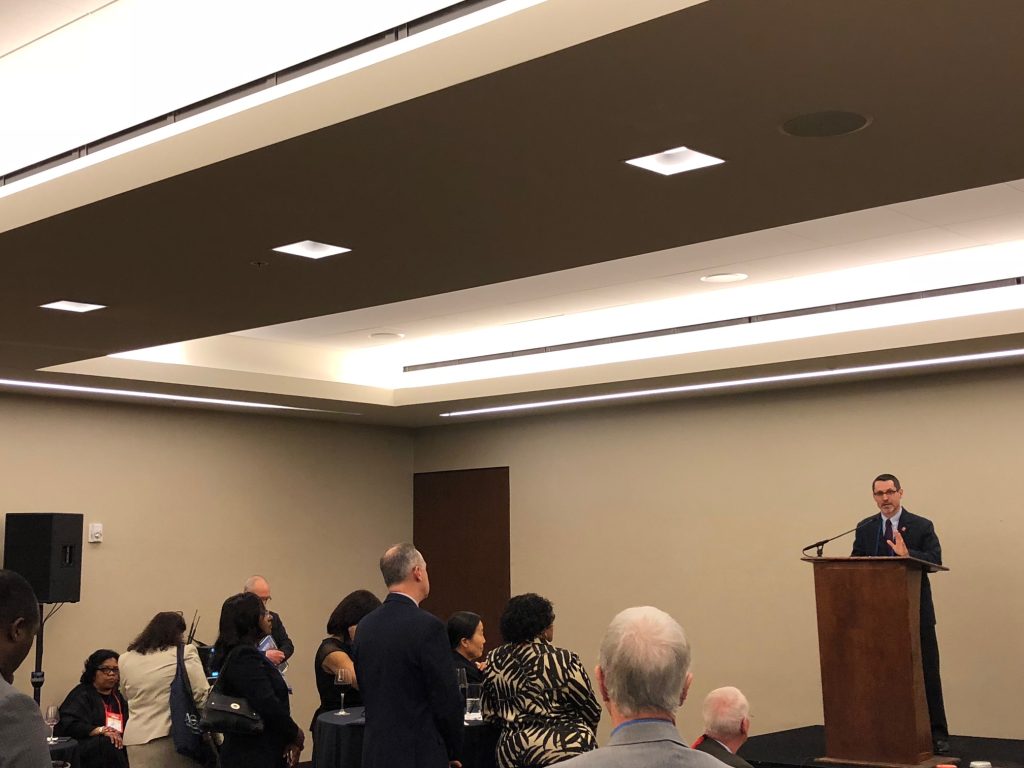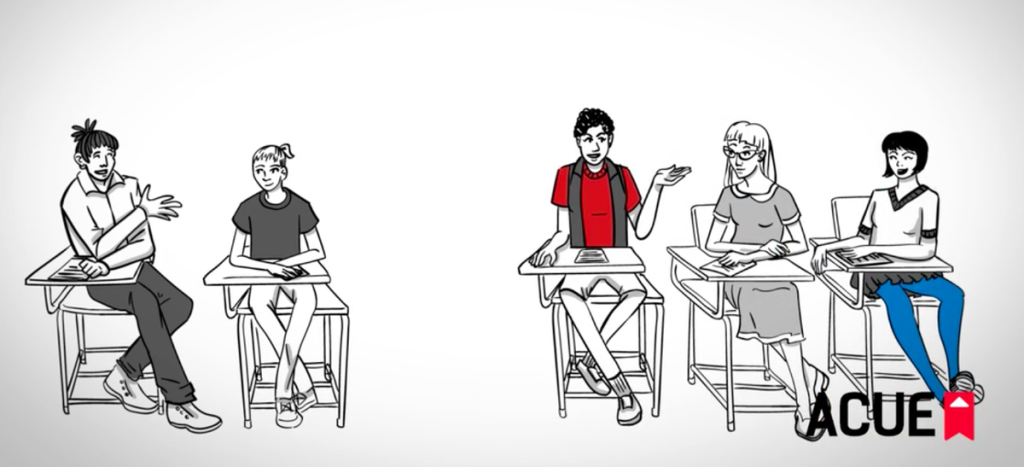
Person, Place, or Thing? Implementing High-Impact Practices with Fidelity
By Penny MacCormack
Is it a person, place, or thing? Our classic definition of a noun provides a helpful way to think about student success efforts. Interventions are often described as “things” to provide, such as supplemental instruction or guided pathways. We create “places” for student support, such as career, writing, guidance, and other “centers.” Less frequently do we conceptualize student success as a “person,” namely the “who” that brings the “what” and “where” to life.
These distinctions were drawn out at the inaugural High-Impact Practices in the States conference at California State University, Dominguez Hills last month. With the High-Impact Practices (HIPs) movement now in its 10th year, over 300 higher education leaders from around the country met to discuss how to implement HIPs with fidelity; what evidence demonstrates impact; and how to stimulate greater collaboration campus wide, to promote a coordinated embrace of these approaches.
Notably, the original 10 HIPs identified by George Kuh and his colleagues through an analysis of National Survey of Student Engagement data are typically described as the “things” associated with stronger student engagement and subsequent academic outcomes. They are first-year experiences and seminars, common intellectual experiences, learning communities, writing-intensive courses, collaborative assignments, undergraduate research, diversity and global learning, service and community-based learning, internships, and capstone courses and projects. Whereas some HIPs are located off campus or are typically offered to upper classmen and women, HIPs that take “place” on campus, in the early years, present the greatest opportunity to make a difference in most students’ academic careers.
But even then, HIPs only meet their full potential when implemented with fidelity—or, as Dr. Kuh emphasized, “when done well.” His own definitions set a high standard. Effective “first-year experiences” are rich with courses that promote critical inquiry and information literacy, and that require frequent writing and revision in a collaborative environment. “Common intellectual experiences” integrate learning objectives across courses, to foster a deep engagement with “big questions.” Students organized into learning communities need carefully constructed assignments that ask them to work and solve problems together and that invite serious consideration of diverse views. Even off-campus HIPs, such as service learning and internships, still have their most powerful effect when paired with structured group reflection, together, back in class.
These are sophisticated learning experiences. “When done well,” it turns out, hinges on the degree to which faculty members are prepared and supported to teach with a rich set of instructional approaches. The depth of their pedagogy in no small degree determines their ability to construct and facilitate high-impact learning opportunities. As explored at the Dominguez Hills conference, HIP fidelity is in the hands of faculty. So too is an institution’s ability to scale HIPs, so that these experiences are not perceived as standalone activities, but rather part and parcel of the everyday “practices” that professors facilitate and that students experience.
California State University, Fullerton (CSUF), Indiana University-Purdue University Indianapolis (IUPUI), and Housatonic Community College (HCC) in Connecticut provide three case studies of institutions taking a systemic approach to the “what,” “where,” and “who” of HIPs. In a recent white paper published by the American Council on Education, titled Effective Teaching: A Foundational Aspect of Practices that Support Student Learning, my coauthors Brice Struthers, Steven C. Taylor, and I noted that each institution is emphasizing campus-based HIPs that can benefit all students, including first-year experiences and seminars, common intellectual experiences, learning communities, writing-intensive courses, and collaborative assignments. These institutions also recognize the support faculty need to implement HIPs well. For example,
• At CSUF, where a HIPs Task Force was established in 2013 and a model called REACH (research, experiential learning, active learning, community, and human exploration) has been used to promote HIPs, “CSUF leaders invested in support systems to provide faculty and staff with resources and guidance to implement HIPs into curricular and co-curricular experiences.” CSUF attributes stronger student retention and graduation to students’ participation in a HIP and notes that faculty felt better connected through a “collegial community.”
• To enhance the value of IUPUI’s RISE (research, international study, service learning, and experiential learning) program, the university has “developed taxonomies it will use to increase the quality of teaching using high-impact practices. . . . Each unit with responsibility for a high-impact teaching practice developed a taxonomy that serves as a framework and acts as a guide for quality course design, implementation, assessment, and improvement. Additionally, the university will offer more faculty and professional development and peer learning opportunities to promote best practices for HIPs implementation.” As a result, IUPUI is seeing a “marked increase” in GPAs among RISE students.
• At HCC, where HIPs initiatives have focused on academic support, tutoring, and supplemental instruction—especially for students in developmental courses—the college is also preparing instructors in evidence-based teaching practices through a course in the foundations of effective college instruction offered by my organization, the Association of College and University Educators (ACUE). HCC plans to further improve student retention by “enhancing instruction and maximizing the benefit of the HIPs it is currently implementing.” Among HCC students experiencing a range of HIPs, course pass rates were 10 to 30 percentage points higher.
Person, place, or thing? When done well, HIPs are all three. The “what” is easy to name, and the “where” is locatable. To fully optimize the impact of these interventions, we should ensure that faculty members are equipped with a core set of knowledge and skills in effective instruction as well as formal preparation in how to implement HIPs. They are the indispensable “who.”














